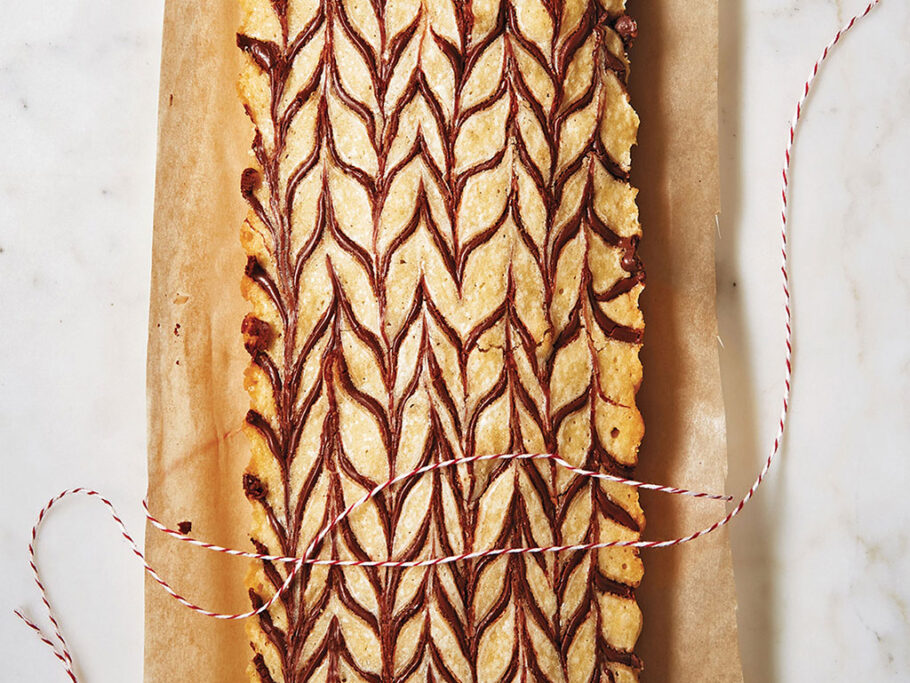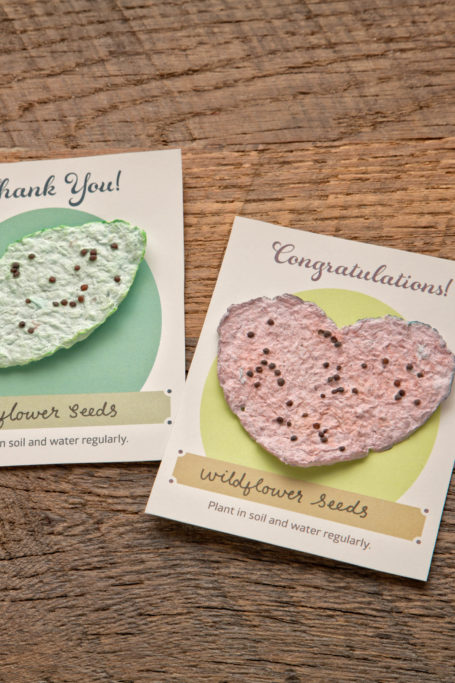Make the Most of Your Summer Produce
Every season delivers distinct flavors, and summer flavors are best described through seasonal produce. An abundance of juicy, nutritious fruits and vegetables makes for a delicious and healthy few months. However, these staple foods can be difficult to cook and preserve correctly, leaving you frustrated as you throw them away before getting a chance to use them. To get the most out of your summer produce and recipes, read the following tips.
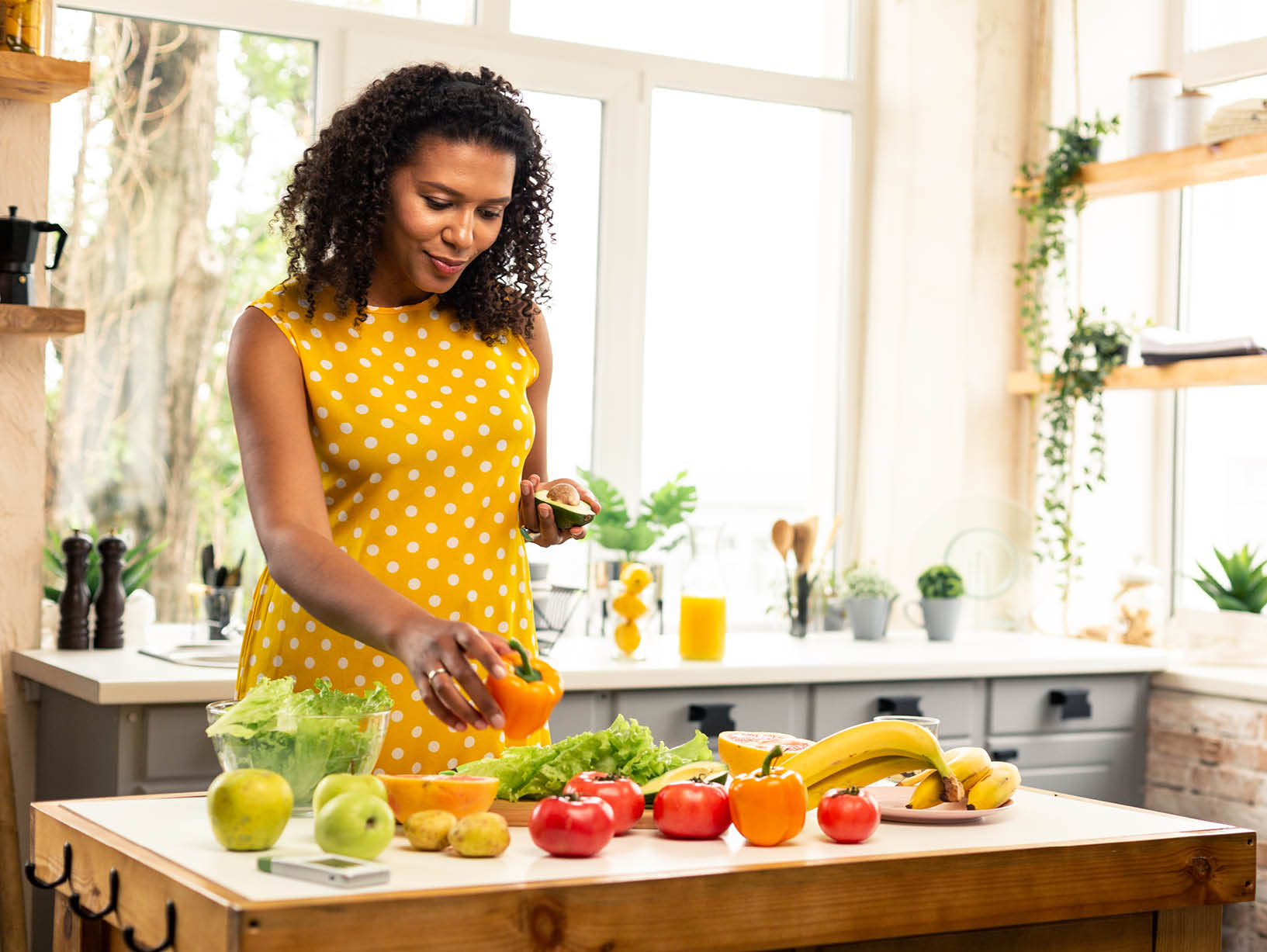
Fruits
Sweet and colorful fruits like strawberries and watermelon are versatile and have a good shelf-life when stored properly. They make for great desserts, drinks, and snacks. But there are so many other seasonal fruits out there to enjoy!

Avocado
While an avocado may not be your go-to summer fruit, it has many uses in both savory and sweet recipes. Since an avocado is a bit bland alone, it is a blank canvas for you to create with—if you can catch it at its peak ripeness.
- Choosing and storing:
- Ripe avocados are usually solid dark green, but they can vary in color, so be sure to do a pressure test. You should be able to apply gentle pressure and feel a bit of squish when it’s ripe. Generally, a store-bought avocado will be at peak ripeness two days after purchase, depending on how long they’ve been out. You can store uncut avocados in the fridge to slow the ripening process. When cut, store the remaining avocado in a sealed bag with the pit left in one side, squeeze a small amount of lemon juice on its surface to delay browning.
- Ways to use:
- Avocados can take on both sweet and savory flavors. For a savory dish, try them at breakfast on toast with tomato and salt or chopped in a salad. For a dessert, try using an overripe avocado as a thickener for cake batters and mousses.
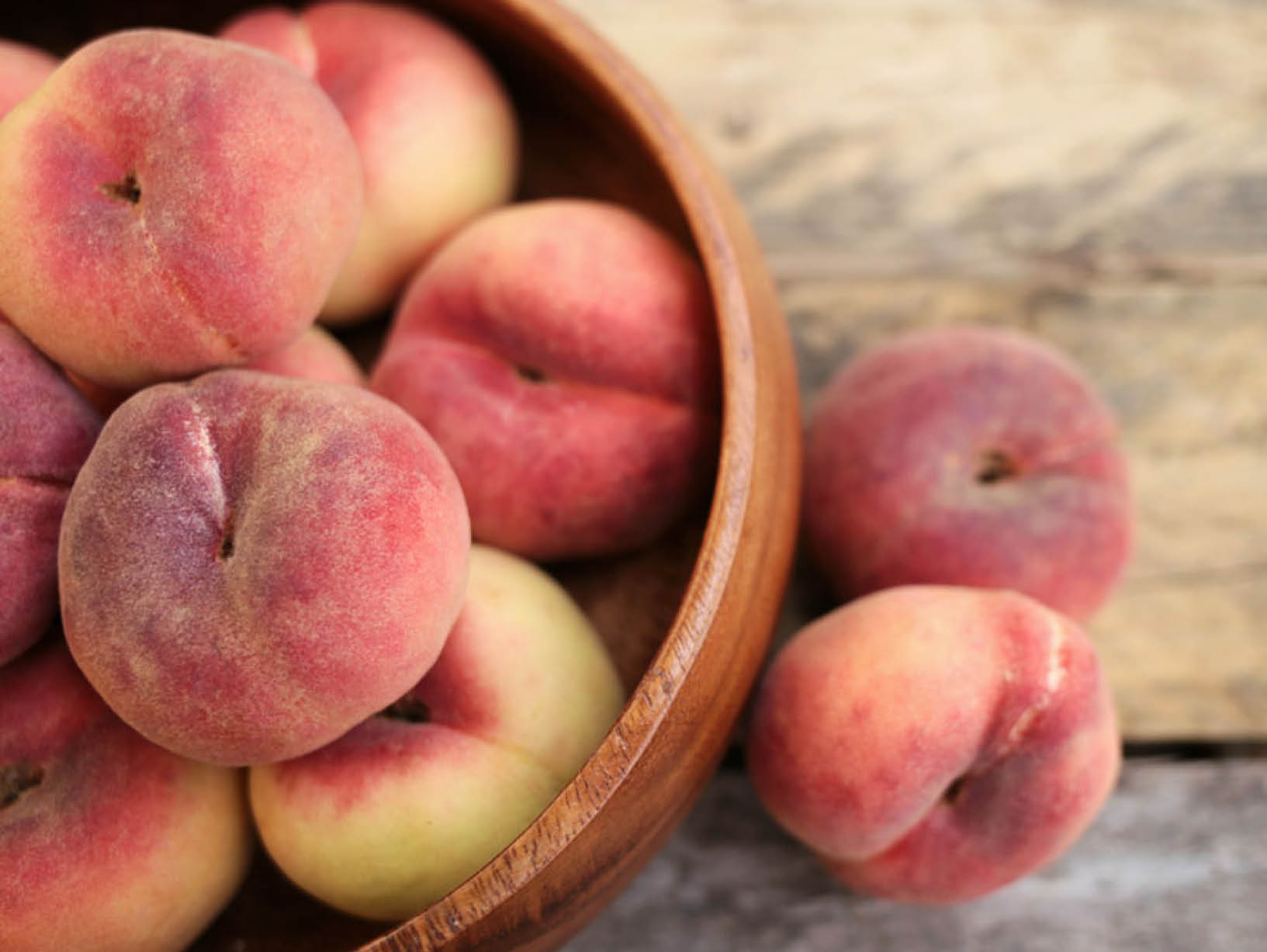
Peaches
Peaches are one of the sweetest fruits, but its only downfall is the dreaded pit and sticky mess that often accompanies preparing and eating it. However, this doesn’t need to be the case, so you can get back to feeling peachy about eating them this summer.
- Storing and cutting:
- Peaches are delicate, which makes them a bit difficult to cut. However, before you go to slice your peach, plan ahead and store it in the fridge or submerge it in cold ice water for a few minutes to allow it to harden just a bit. Cooling will make it much easier to peel away the skin. After removing the pit and cutting it into slices, squeeze lemon juice over the top, and store any remaining pieces by wrapping them in tin foil and placing them in the fridge.
- Ways to use:
- Use your peaches in lemonade or iced tea for added fruit flavor. Peaches can also be great in savory dishes like salads and salsas.

Strawberries
The bright red color of a strawberry is eye-catching, and their bite-sized, refreshing flavor is perfect for a warmer summer day. It can be frustrating when they become moldy and mushy quickly, but don’t throw in the towel yet—there are ways to keep them plump and perfect that you may not have considered.
- Choosing and storing:
- Purchase a container with lighter red strawberries. The lighter color means they are underripe, but within a day they’ll be ready to eat. By doing so, you’ll prolong their shelf life if you don’t eat them all at once. The best way to store cut strawberries is to freeze them in a plastic bag.
- Ways to use:
- Strawberries make for a great all-around summertime staple in salads and desserts. For a filling and healthy breakfast, freeze your strawberries to add to a smoothie!
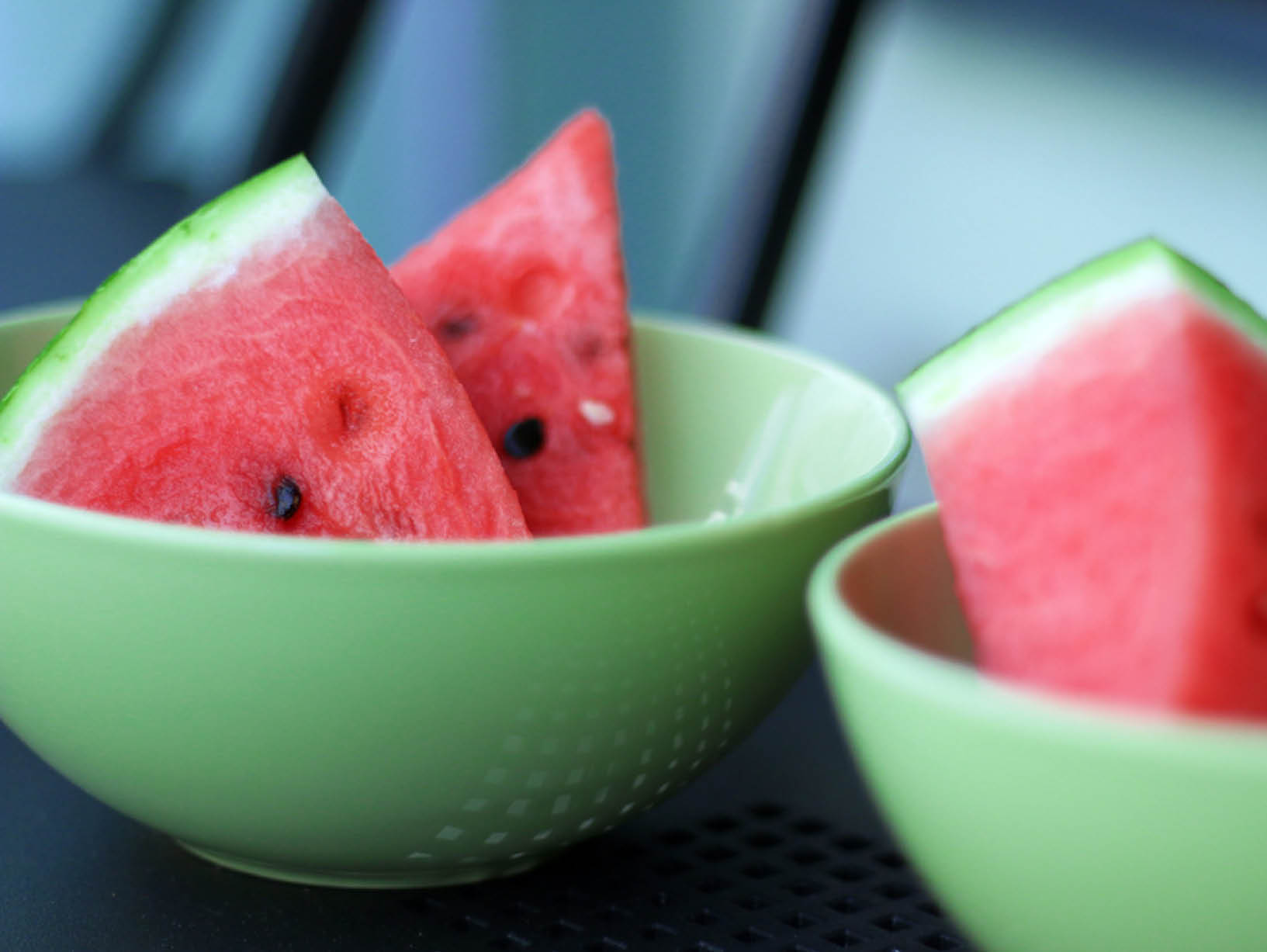
Watermelon
Picnics aren’t complete without juicy pink slices of cool, refreshing watermelon. It makes the heavy lifting and cutting worthwhile, but it can be a downer when it becomes too soggy.
- Slicing and dicing:
- It’s best to cut a watermelon right before use to keep the flesh as fresh as possible, since the rind protects it well. This large, heavy fruit requires some planning before you crack it open, so decide if you want picnic-style slices or diced pieces beforehand. Slice off the rind on both ends, and stand the watermelon up on one of the cut ends to make your cutting more stable.
- Ways to use:
- Watermelon is a tasty treat on its own, but have you considered watermelon in a sorbet? Try making your own by blending watermelon slices with a simple syrup mixture, and then freezing.

Vegetables
Even those who normally avoid eating their vegetables can’t deny how delicious summer vegetables can be. From grilling to glazing, the veggies mentioned below shine best this season, so keep them fresh for longer with these tips.
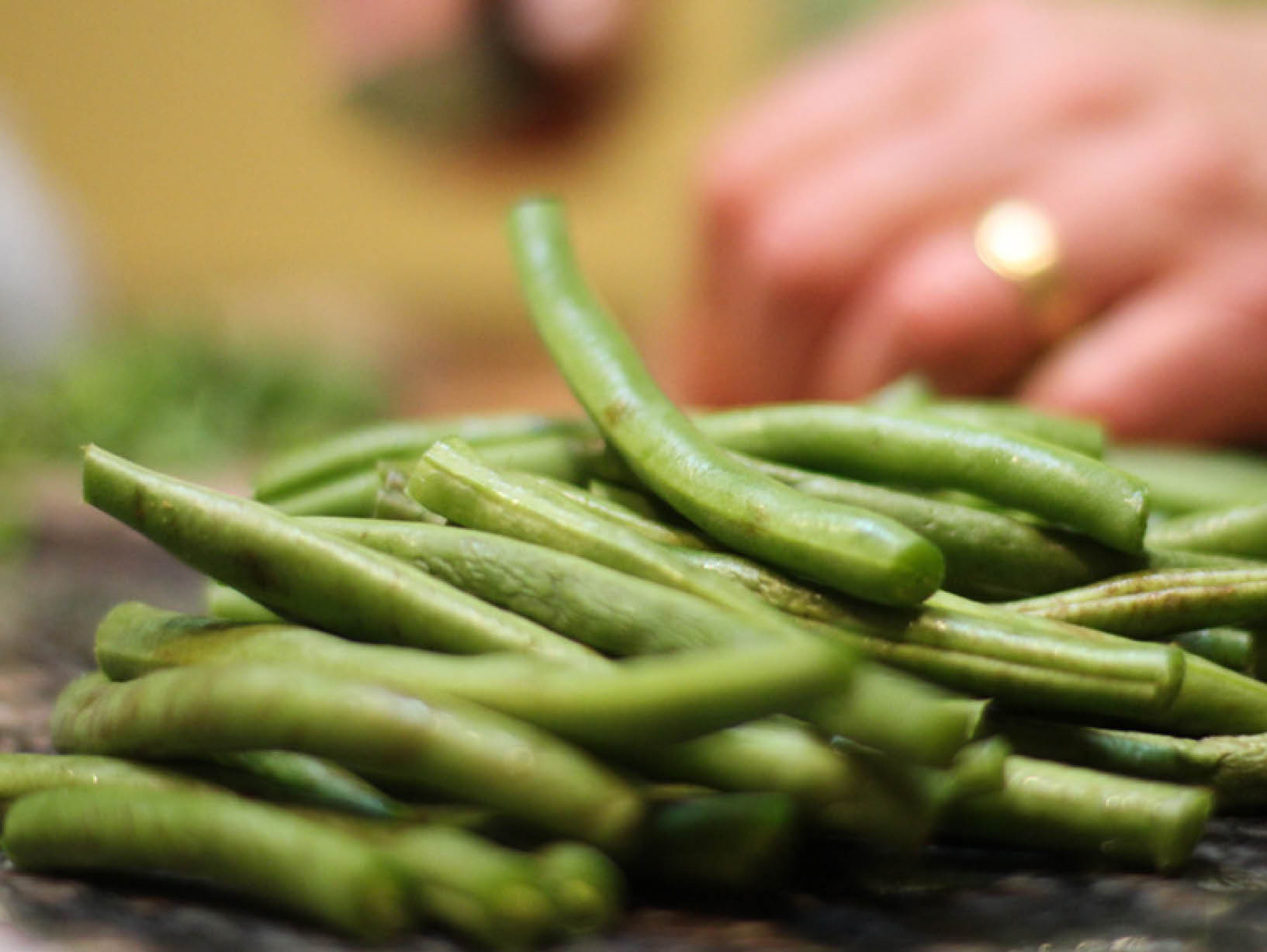
Green beans
You might be used to eating canned green beans during the off-season, but now that fresh green beans are available, you can enjoy the taste and snap again. Here’s how to keep the crunch before they go bad.
- Storing and cutting:
- Fresh green beans will keep for about seven days when washed and stored in the fridge. However, you can cut the tips off of your green beans and freeze them to preserve them for even longer.
- Ways to use:
- Green beans are great as a side dish, but you can also try grilling and glazing them for added flavor and texture.
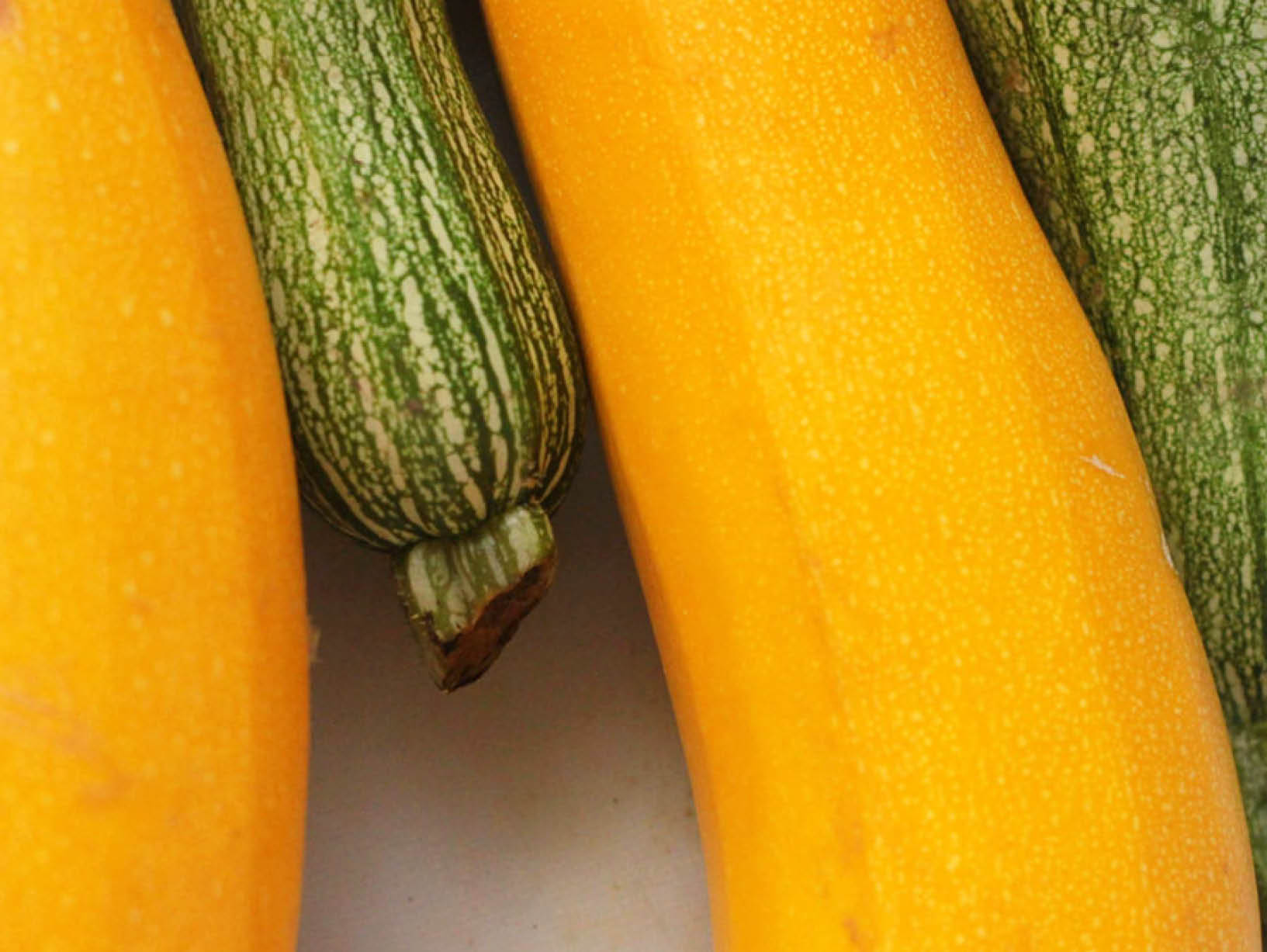
Summer squash
The sunny yellow color of summer squash is a nice, bright addition to any vegetable dish. Similar to zucchini, you’ll need to cut and serve it in time before it turns mushy.
- Storing:
- Keep your squash uncut until ready to cook. Check in periodically by giving it a pressure test, ensuring there’s no squish. Summer squash should keep for five to seven days in the fridge and one to three days on the counter.
- Ways to use:
- Slice and grill your squash for a great side vegetable, or you can create fun squash noodles using a vegetable spiralizer.
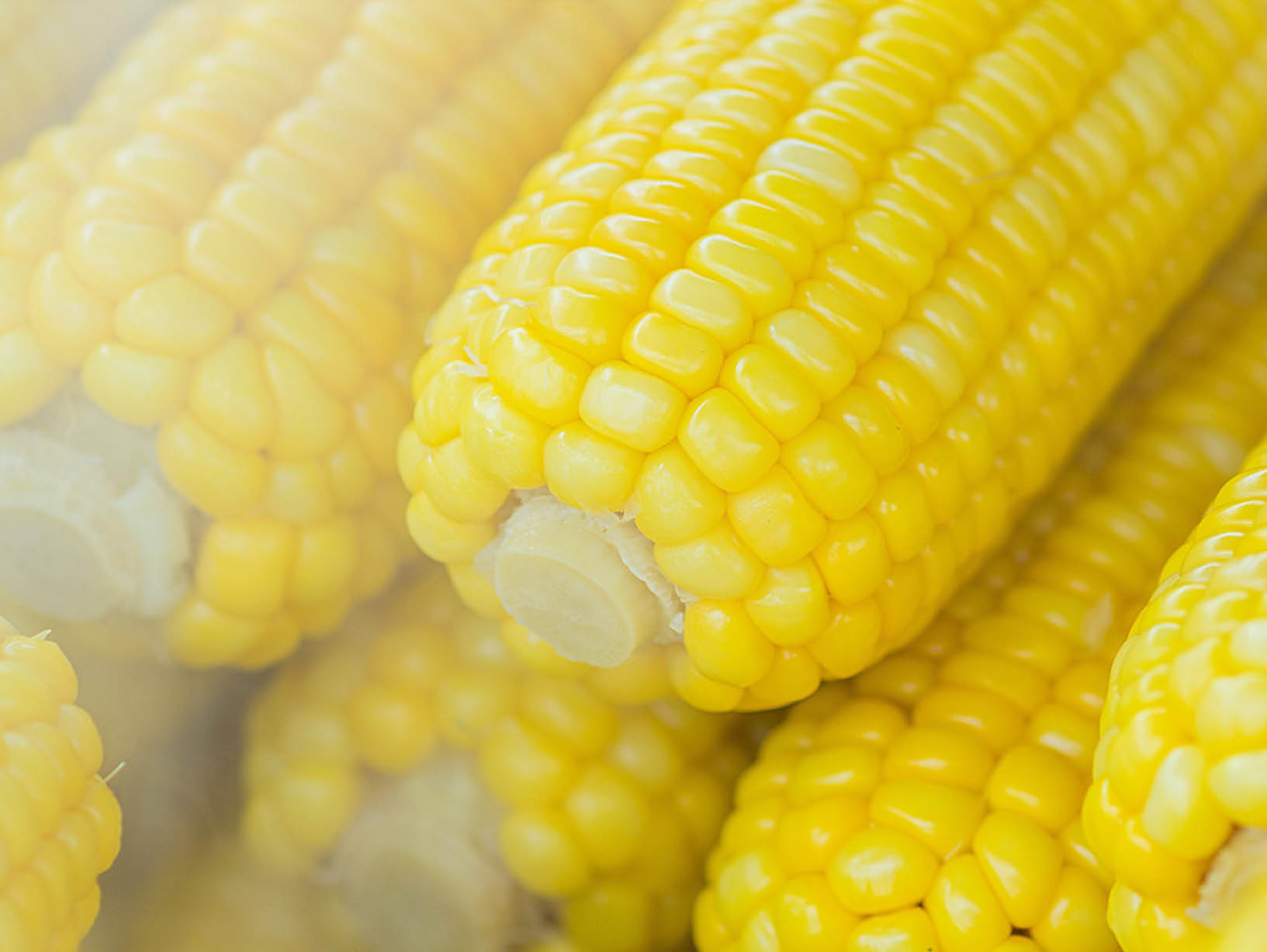
Sweet corn
Corn on the cob is a summer BBQ staple, and there are many uses for sweet corn in the summer. Removing the husk can be a convoluted process, but it’s worth it!
- Choosing and cutting:
- When choosing corn, pick up each ear and, if it feels firm and has weight to it, it’s good to purchase. A good shucking hack is to cut off the tips of the husk and corn and place it in the microwave for two minutes. When you remove the husk and silk, the corn should slide right out.
- Ways to use:
- Use in salads, grilled with butter, and in a southwest-style salsa.

Tomato
Though they are technically a fruit, tomatoes are savory enough to be considered a vegetable by most. Here’s how to find and serve the perfect tomatoes.
- Choosing:
- Resist squeezing tomatoes when making a selection. Instead, pick it up and feel its weight—it should feel heavy for its size. It should also have a sweet, earthy aroma, and the more aroma it has, the tastier it will be.
- Ways to use:
- Tomatoes can be great in dishes in almost any form, from stewed to sun-dried. Try a refreshing caprese salad for lunch or sprinkle your pasta with sun-dried tomatoes for dinner.

